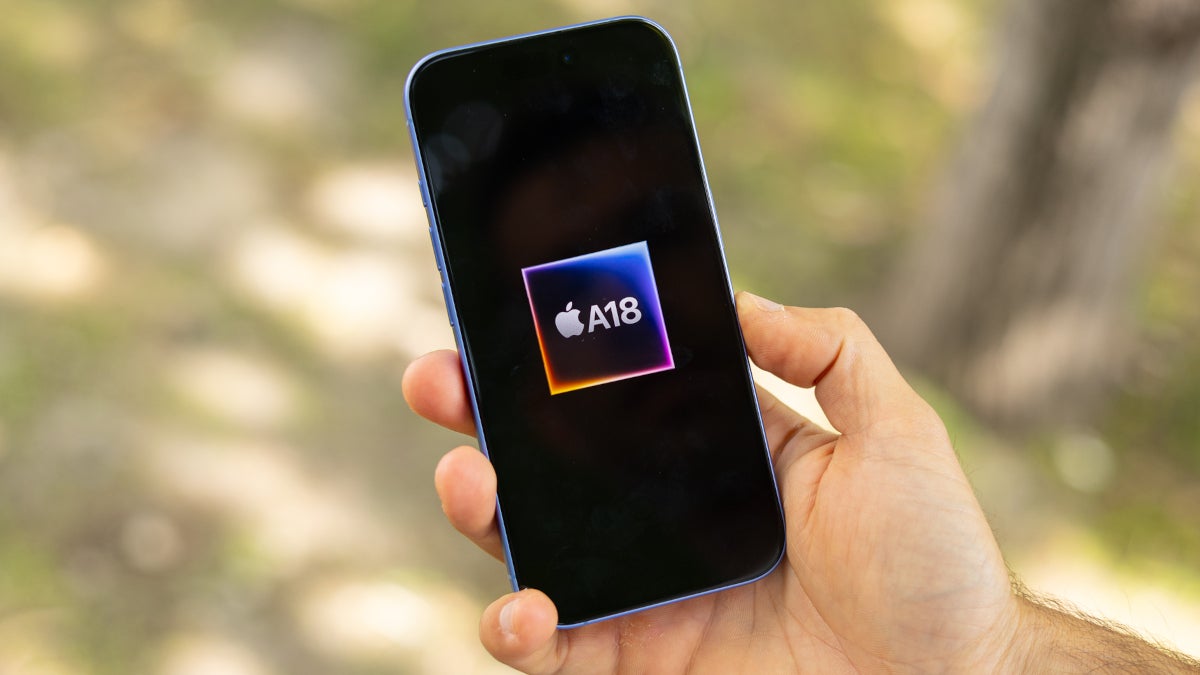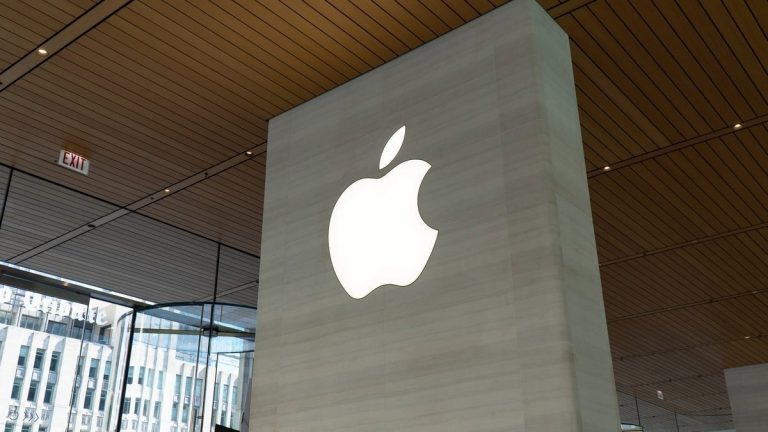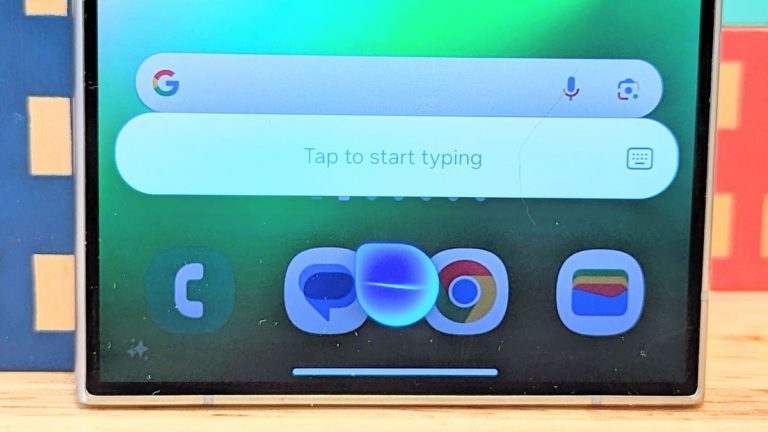Apple’s iPhone Tariff Shock: How US-China Trade War Could Slash Profits by Billions

Apple’s Tariff Conundrum: Will Customers or the Company Pay the Price?
The recent announcement of a 10% tariff on Chinese imports shipped into the U.S. by President Donald Trump has left tech giant Apple in a tricky spot. With the majority of its products manufactured in China, the company will need to decide whether to absorb the additional cost or pass it on to its customers.
A Familiar Scenario
In 2018, some Apple products made in China were affected by the tariffs Trump placed on Chinese imports to the states. At the time, Apple chose to eat the additional cost, ensuring that the prices of these products in the U.S. remained the same. This decision resulted in lower profit margins for Apple, but its American customers were not affected.
The New Tariff Landscape
With the new 10% tariff on Chinese imports, Apple will once again need to weigh its options. According to Gene Munster, a former Piper, Jaffray analyst and now Managing Partner at Deepwater Asset Management, the tariff will have a negative 4% impact on Apple’s earnings if imposed on the iPhone. Munster believes that Apple Watch models produced in China and shipped to the U.S. will be the first to be affected.
Tariff Impact on Apple’s Earnings
If Apple decides to split the tariff with its customers, Munster estimates that the impact on Apple’s earnings will be negative 3.5%. This would result from a 5% price increase on the iPhone, leading to a 2% to 3% reduction in demand. The iPhone accounts for 43% of Apple’s bottom line.
The Importance of Diversification
While the iPhone is a significant contributor to Apple’s revenue, the company is more than just a single product. 62% of its product revenue comes from devices made in China, which could be vulnerable to the tariff. Apple’s diversification strategy has helped it maintain its market position, but the company still relies heavily on its Chinese manufacturing partners.
The Bottom Line
Apple’s fiscal 2024 revenue totaled $93.74 billion. A 4% tariff on iPhone imports would translate to a $3.75 billion loss for the company. If Apple decides to absorb the cost, it will need to find ways to offset this loss. If it passes the cost on to its customers, it may lead to a decrease in demand.
The decision on how to handle the tariff is a complex one, and only time will tell how Apple chooses to navigate this challenging situation.






